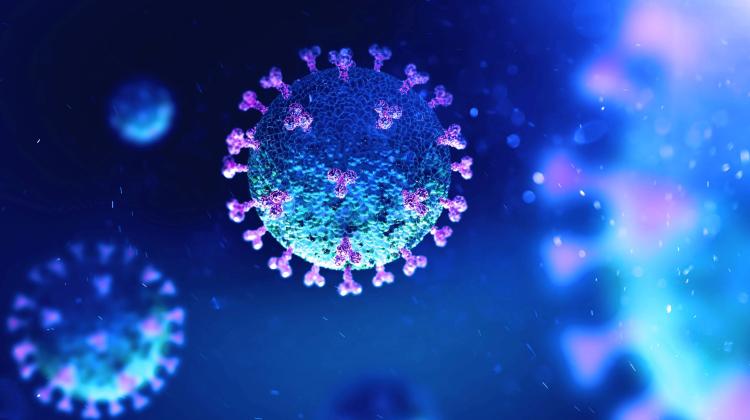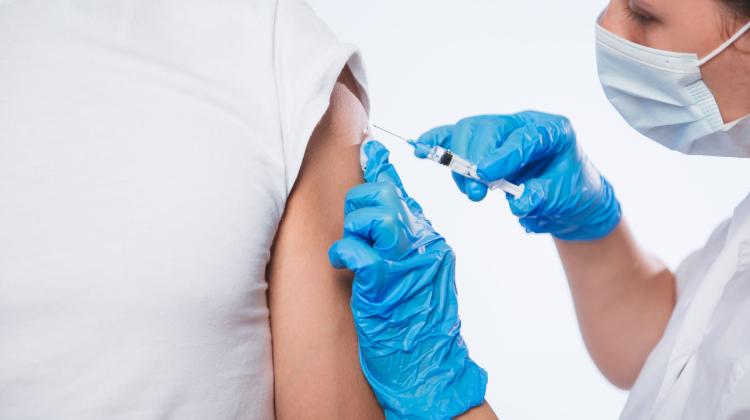Research confirms spillover of SARS-CoV-2 from mink to farm worker
 Credit: Adobe Stock
Credit: Adobe Stock
Tests of a Polish mink farm worker confirm that SARS-CoV-2 can be transferred from animals to humans. The results of the analyses were published in Clinical Microbiology and Infection.
The authors of the analyses and the publication, scientists from the Jagiellonian University, the Medical University of Gdańsk, the University of Gdańsk and the University of Helsinki (Finland) emphasise the need to monitor such events and conduct genetic analysis of viruses that infect humans.
The pathogen responsible for the pandemic, is the third (after SARS and MERS) zoonotic coronavirus that attacks humans, they remind. They also state that despite mass vaccinations the future of the virus can not be predicted. Herd immunity and eradication seem unrealistic given its prevalence, genetic diversity, and existing animal reservoirs. They also point out that SARS-CoV-2 infections have been reported in different mammalian species worldwide, including dogs, domestic cats, tigers, lions, ferrets, deer and minks. Transmission of the virus from infected mink to humans has been reported in Denmark and the Netherlands, the researchers remind. They point out that with 354 active mink farms and approximately 6.3 million minks, Poland is the second-largest producer of mink pelts in Europe.
The researchers added that the first report identified SARS-CoV-2 in samples collected from minks was in November 2020. The scientists emphasise that although such cases are rare and most likely isolated, coronavirus can still be transmitted from animals to humans.
The case they describe concerns a worker from one of the mink farms in the Pomeranian province. The person did not have symptoms, but the test gave a positive result. The scientists analysed the sample in February 2021 which confirmed the presence of the SARS-COV-2 virus. According to scientists, the positive result was not the result of contamination of sample material.
Genetic analysis revealed the same mutations in the virus as those detected in the genome of the virus that infected the mink. That variant was probably already present in the mink population in November 2020, the experts suggest, presumably after a single introduction during the late summer or fall season.
Mutations allow the virus to adapt to the organisms of these animals, although their exact role remains to be determined. It is not known how the mutations present in the virus affect human infectivity, the course of the disease or the immune response. Therefore, scientists recommend tracking the variant in the human population.
Scientists point out that their study was limited to people living close to the farm. In their opinion, comprehensive screening of the population living in the nearby settlements would be advisable.
The results also confirm the need for countrywide epizootiological monitoring and careful genomic analysis of SARS-CoV-2–positive human samples.
Find out more in the source publication: DOI:https://doi.org/10.1016/j.cmi.2021.12.001 (PAP)
Marek Matacz
mat/ zan/ kap/
tr. RL
Przed dodaniem komentarza prosimy o zapoznanie z Regulaminem forum serwisu Nauka w Polsce.


















